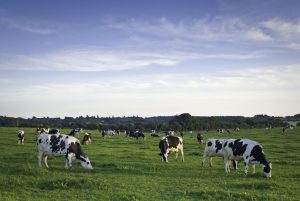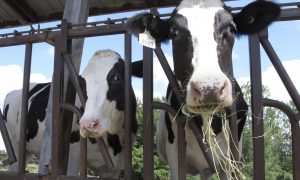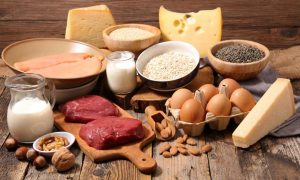
The most recent report by the US Department of Agriculture (USDA) provides interesting forecasts for Mexico’s dairy industry. Below are some of the highlights of the report.
Cattle Farms
There are an estimated 1.1 million cattle farms in Mexico, that are managed by over 800.000 dairy farmers. These dairy farmers have an average production of between 900.000 and 1 million liters of milk per month. 58% of the cattle is intended for fattening, while 34% are female breeders, of which 40% produce milk, 32% are intended for beef production and 28% are for dual purpose. About 8% of the total farm cattle are stallions.
Fluid Milk
Despite high inflation and feed prices, Mexican milk producers continue to invest in technology, genetics and their management, leading to an expected 2% rise in milk production in 2023. Milk consumption is also expected to grow by 2% in 2023. Milk will continue to be the third most important livestock product in terms of production and consumption value in 2023 (beef being the first and chicken the second). Mexico’s leading states for milk production are Jalisco ((21% of the total share), Coahuila (12%), Durango (11%), and Chihuahua (10%).
Demand for milk is especially strong in the processing sector, as local demand for novelty products such as fortified drinks and comfort food products such as pastries and bakery items continues its upward trend. The average Mexican household spends around $14.45 per month on milk.
Over the past 20 years, domestic milk production has satisfied about 75% of domestic demand. Bot milk imports and exports are however expected to rise by about 8% in 2023.,
Cheese
Over the past 10 years, there has been a constant growth in cheese consumption in Mexico. Growing urban populations demand a wider variety of dairy products, especially cheese. Next year will be no different, as USDA forecast a 2% growth in cheese consumption in 2023. Artisan cheese consumption is also on the rise, in line with a growing consumer preference to buy locally.
Cheese production is expected to grow by 1% in 2023. More and more Mexican milk producers develop their own cheese in in-house production facilities, an example of the growing importance of vertical integration of medium size operations (milking to processing).
Mexico is among the world’s top 15 cheese importers and its cheese imports are expected to grow with 7% to a total of 160.000 metric tons in 2023. 80% of its cheese imports are provided by the US. The Netherlands comes second (6%), Uruguay is third (3%) and Chile is fourth (3%) (data from 2021). 60% of cheese imports goes to hotels and restaurants, while 40% goes to retail.
Netherlands main supplier of infant formula.
Mexico produces around 170.000 metric tons of infant formula in 7 different facilities (of Abbott, Mead Johnson and Nestle), of which 35% is exported. In 2021, it imported 8.582 metric tons of infant formula. Around 43% of these imports came from The Netherlands, making The Netherlands Mexico’s number one import partner for infant formula.





















